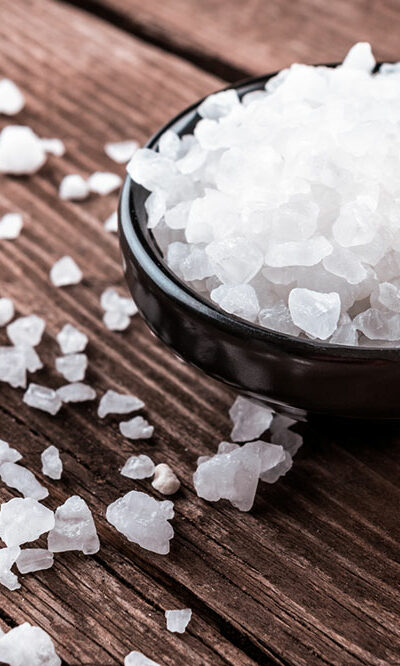10 household products that may harm the lungs and cause COPD

Homes are considered safe havens, but surprisingly, many products commonly found in households can risk the residents’ lung health. Chronic Obstructive Pulmonary Disease (COPD) is a progressive lung condition that affects millions, and exposure to certain household products can contribute to its development. Therefore, it is recommended to avoid certain products that may cause harm. Some of these potentially harmful products that can damage the lungs and cause COPD are:
Aerosol sprays
Many aerosolized cleaning products, such as oven cleaners, release harmful volatile organic compounds (VOCs) into the air. These chemicals can irritate the airways and worsen respiratory conditions like COPD.
Ammonia-based cleaners
Ammonia, commonly found in glass and bathroom cleaners, can cause respiratory distress when inhaled. Users should ensure proper ventilation when using these products and consider less toxic alternatives.
Bleach
While bleach is an effective disinfectant, inhaling its fumes can harm the lungs. Also, mixed bleach with other cleaning products can release toxic gases, posing a severe health risk.
Air fresheners
Many commercial air fresheners contain VOCs and artificial fragrances that can trigger respiratory symptoms, especially in individuals with pre-existing lung conditions like COPD. Natural alternatives like essential oil diffusers or homemade potpourri can be safer choices.
Pesticides and herbicides
Household pesticides and herbicides often contain harmful chemicals that, upon inhalation, may irritate the respiratory tract and increase COPD risk. Integrated pest management strategies and non-toxic alternatives are better for maintaining a pest-free home.
Oil-based paints
Oil-based paints release VOCs that can linger in the indoor air for an extended period, contributing to respiratory issues. Water-based paints are a less toxic option.
Paint thinners and solvents
These products contain chemicals like benzene and toluene, which can be harmful when inhaled. Adequate ventilation and using low-VOC or VOC-free alternatives can reduce the risk.
Candles and incense
Burning candles and incense can release tiny particles and soot into the air, which, when inhaled, can irritate the lungs. Opting for soy or beeswax candles and natural incense can minimize these risks.
New carpeting
New carpets can release VOCs for several weeks after installation. Proper ventilation and choosing low-VOC or natural fiber carpets can help reduce indoor air pollution.
Upholstery and furniture
Some upholstered furniture and mattresses are treated with flame retardants that contain harmful chemicals. Considering flame-retardant-free options can be a healthier choice for the house.
Protecting lung health
To protect lung health and reduce COPD risk associated with household products, one can consider the following strategies:
- Ventilation: Proper ventilation is imperative to reducing indoor air pollution. Use exhaust fans, open windows, and maintain good airflow to dilute and remove harmful chemicals.
- Choose safer alternatives: Look for products labeled as “low-VOC” or “VOC-free.” Explore natural and homemade cleaning, air freshening, and pest control alternatives.
- Read labels: Always read product labels and follow safety instructions. Be cautious when mixing different cleaning products, as it can create toxic fumes.
- Use protective gear: Wear gloves and masks to minimize inhalation exposure when using potentially harmful products, such as cleaning chemicals.
- Regular cleaning: Frequent cleaning and dusting can help reduce the accumulation of particles and allergens in the house, promoting better indoor air quality.
- Seek medical advice: If one has pre-existing lung conditions or is concerned about lung health, they must consult a healthcare professional for guidance on minimizing risks and managing symptoms.







